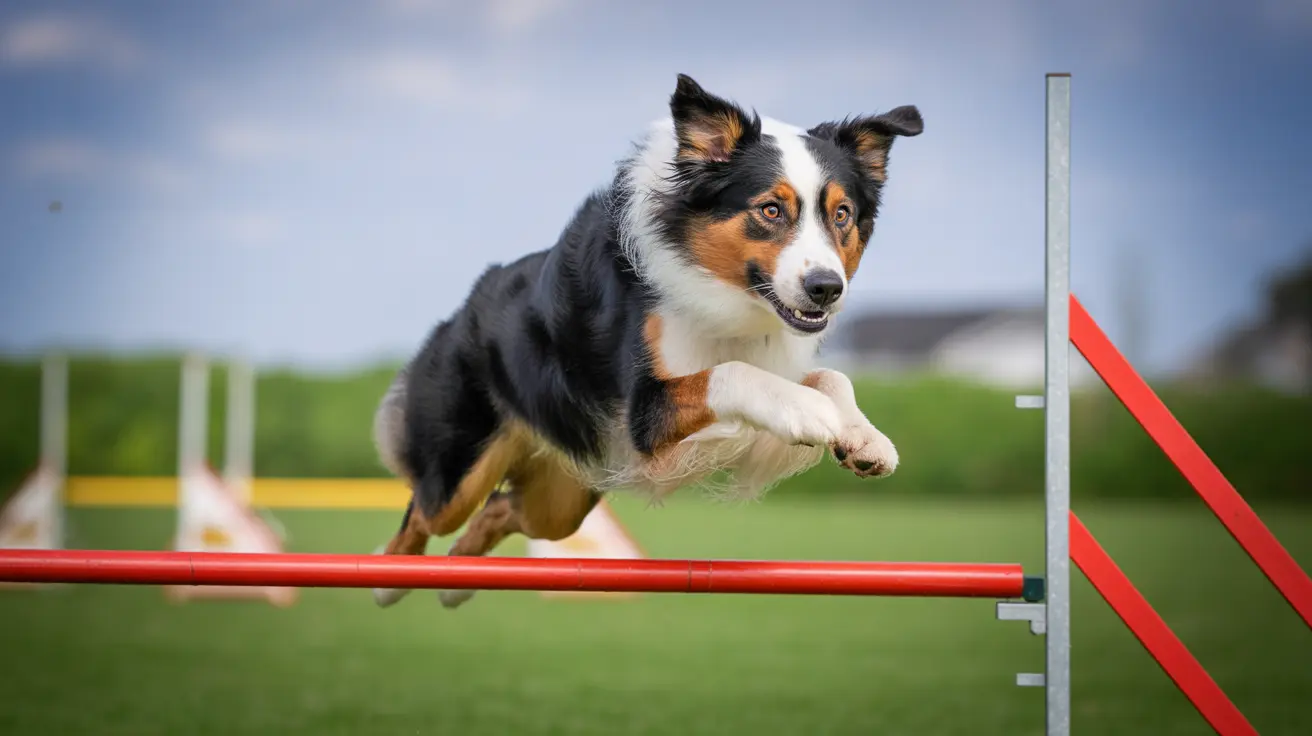The Power of 15 Minutes: Mental Stimulation for Dogs
Just like humans, dogs benefit greatly from mental exercise. For senior dogs or those with mobility restrictions, mental stimulation can offer essential cognitive enrichment. A daily 15-minute session can work wonders for your canine companion’s emotional health, behavioral stability, and cognitive relevance, especially as they age.
Why Mental Stimulation Matters for Dogs
With aging, dogs experience cognitive decline much like humans. One major contributor is a reduction in dopamine production, which negatively affects memory, motivation, and learning capabilities. Mental stimulation helps counteract these effects by keeping a dog’s brain active and engaged.
- Maintains brain health
- Improves motivation and mood
- Prevents anxiety and boredom
- Enhances owner-pet bonding
Touch Screen Games: A High-Tech Solution
Touch screen games have emerged as promising tools for delivering structured and engaging mental activities. These applications are especially beneficial for senior or mobility-impaired dogs.
Common Types of Touch Screen Games:
- Art applications: Dogs nudge the screen to create digital drawings.
- Noise-making games: Stimulating audio feedback like squeaks and animal sounds.
- Chase games: Digital critters move across the screen, prompting instinctual tracking behaviors.
- Yes/No interfaces: Simple decisions between two options.
Getting Started with Screen Training
Introducing a dog to touch screen games is a gradual process that begins with teaching a basic 'touch' command. Use positive reinforcement techniques to encourage your dog to interact with your open palm, then progress to tapping a small piece of paper and eventually the screen.
- Teach the 'touch' cue using your palm
- Transition to a paper target, then to the screen
- Start with very short sessions (1–3 minutes)
- Reward successes and end on a positive note
Dogs are quick learners. Many can rapidly understand that specific actions on the device lead to successes and rewards.
Customization and Accessibility
Game difficulty can be adjusted to match a dog’s cognitive level. Visuals can be tailored with high contrast and slower movement speeds to accommodate sensory limitations.
Key accessibility components:
- Use durable screen protectors
- Keep devices on flat, stable surfaces
- Clean screens post-session
- Provide a soft stylus for arthritis-affected paws
Balancing Mental and Physical Needs
While mental activities are enriching, they should complement physical exercise and social interaction, not replace them. An ideal daily enrichment plan includes:
- Touch screen sessions (1–3 mins, building up to 15 mins)
- Puzzle feeders and scent games
- Gentle physical play for movement-restricted dogs
- Short training sessions for basic cues
Monitoring for Signs of Enjoyment or Stress
Watch your dog’s behavior closely. They should appear interested and engaged. If a game causes frustration or disinterest, it’s important to adjust the duration or type of activity.
Signs of stress:
- Pawing or nose nudging without success
- Refusal to engage
- Increased panting or whining
Always end sessions positively. If a dog enjoys chase games but can't 'catch' anything, finish with a real tug toy to provide satisfaction.
Commercial Touch Screen Solutions
Several game apps and dedicated pet devices are available commercially. These often offer:
- Customizable difficulty settings
- High-contrast visuals
- Audio rewards
- Optional activity trackers
Conclusion
Fifteen minutes of mental stimulation for dogs—especially senior ones—can significantly improve their quality of life. Touch screen games serve as accessible and exciting tools for this type of enrichment. With proper setup, guidance, and balance, these digital activities can lead to healthier, happier lives for our four-legged friends.





